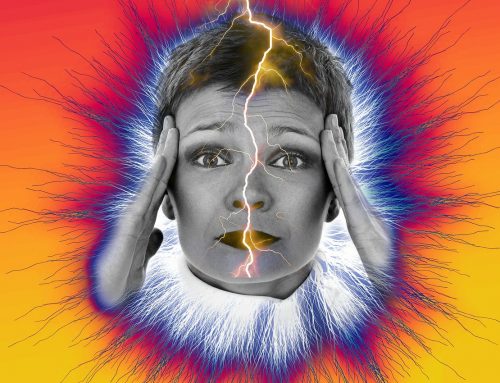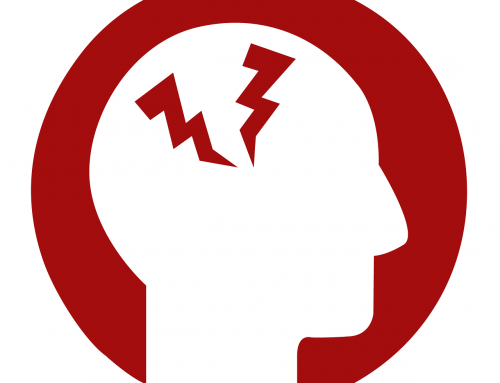Depending on your history and urgency of your condition, I tailor my physical exam to most appropriately assess your condition. My goal is to devise the most informed diagnosis and treatment plan. Though it may come off as tedious, remember that doctors should perform a full history and physical exam to formulate a proper diagnosis. Rushing to treatment is never a good idea so manage your expectations for your initial visit and allow your doctor to perform his/her duties diligently.
In clinic, I typically focus on ruling out nervous system pathologies and observe for any physical signs of distress. I may perform some or all of the following on you. The following is for reference only and is not meant to be used by you to self-diagnose a condition.
- Full cranial nerve examination that includes sensory, smell, vision, motor function and reflex of nerves that originate directly from your brain.
- Full upper limb neurological testing for sensory changes at shoulders, arms or hands, motor strength testing, normal deep tendon reflexes at your biceps, forearm and triceps and abnormal reflex testing.
- Full torso sensory, motor and reflex testing
- Full lower body sensory, motor strength and reflex testing that includes the knee jerk reflex, hamstring tendon reflex, achilles reflex, plantar reflex, and abnormal reflexes.
- Examining your eyes with an appropriate scope.
- Taking your blood pressure multiple times.
- Balance testing.
- Basic observation of your speech, swallowing, communication and though process.
- Observation for bruising, cuts and swelling.
- Temperature analysis for fever.
- Neck muscle and joint testing
Adopted from chiropractic training and guidelines outlined by international headache society as reported by:
Hainder et al. 2013. American Family Physician. “Approach to acute Headaches in adults” http://www.aafp.org/afp/2013/0515/p682.html



